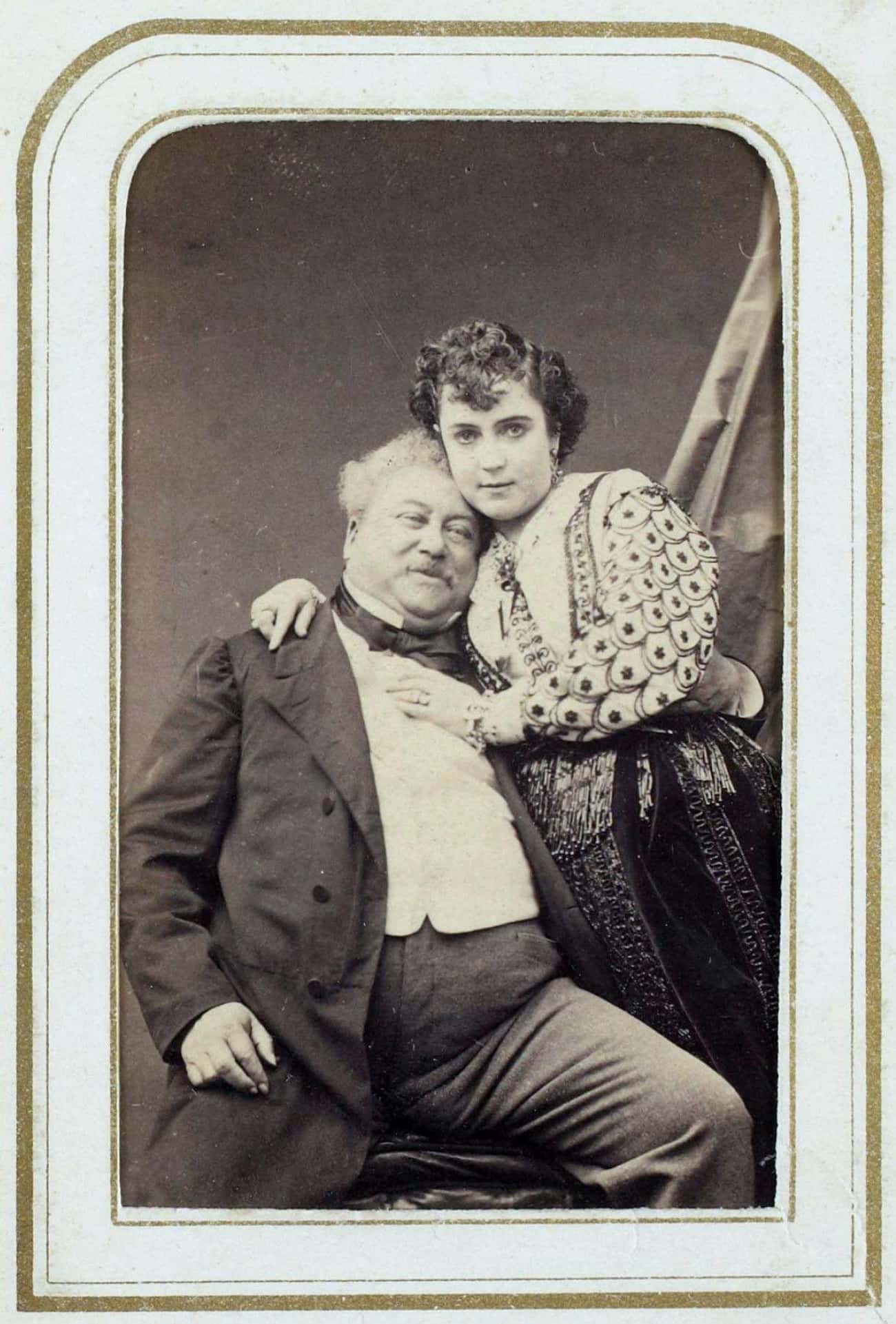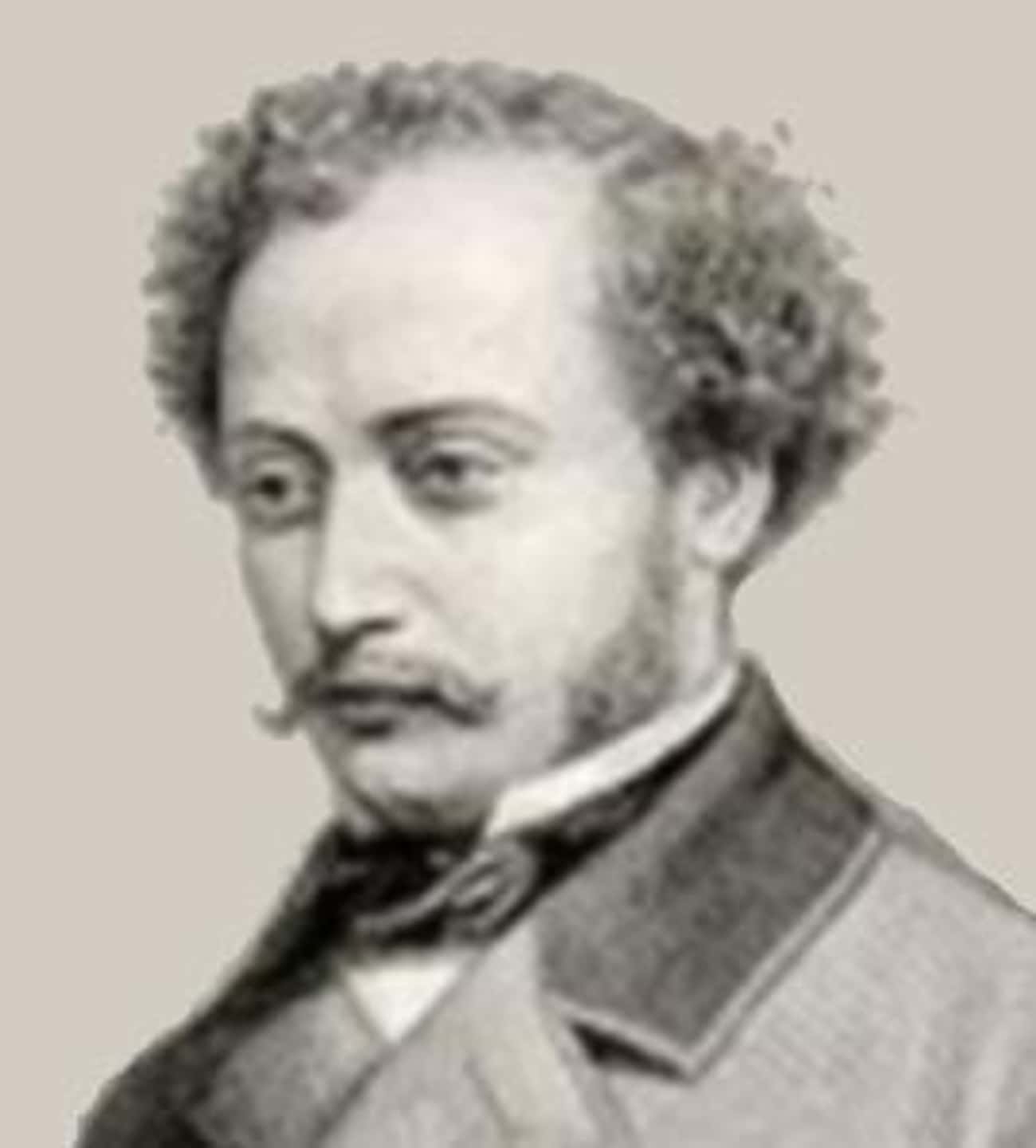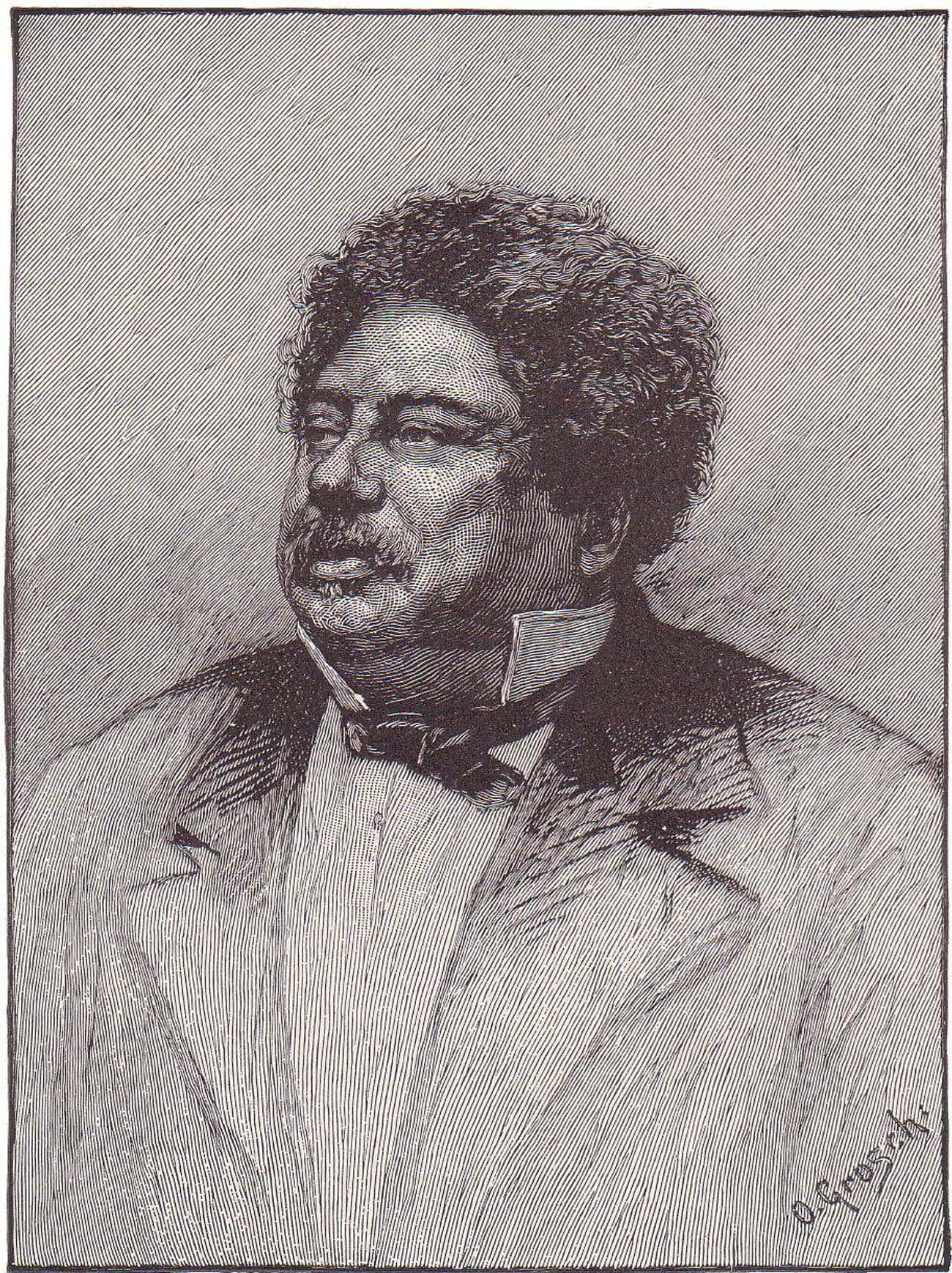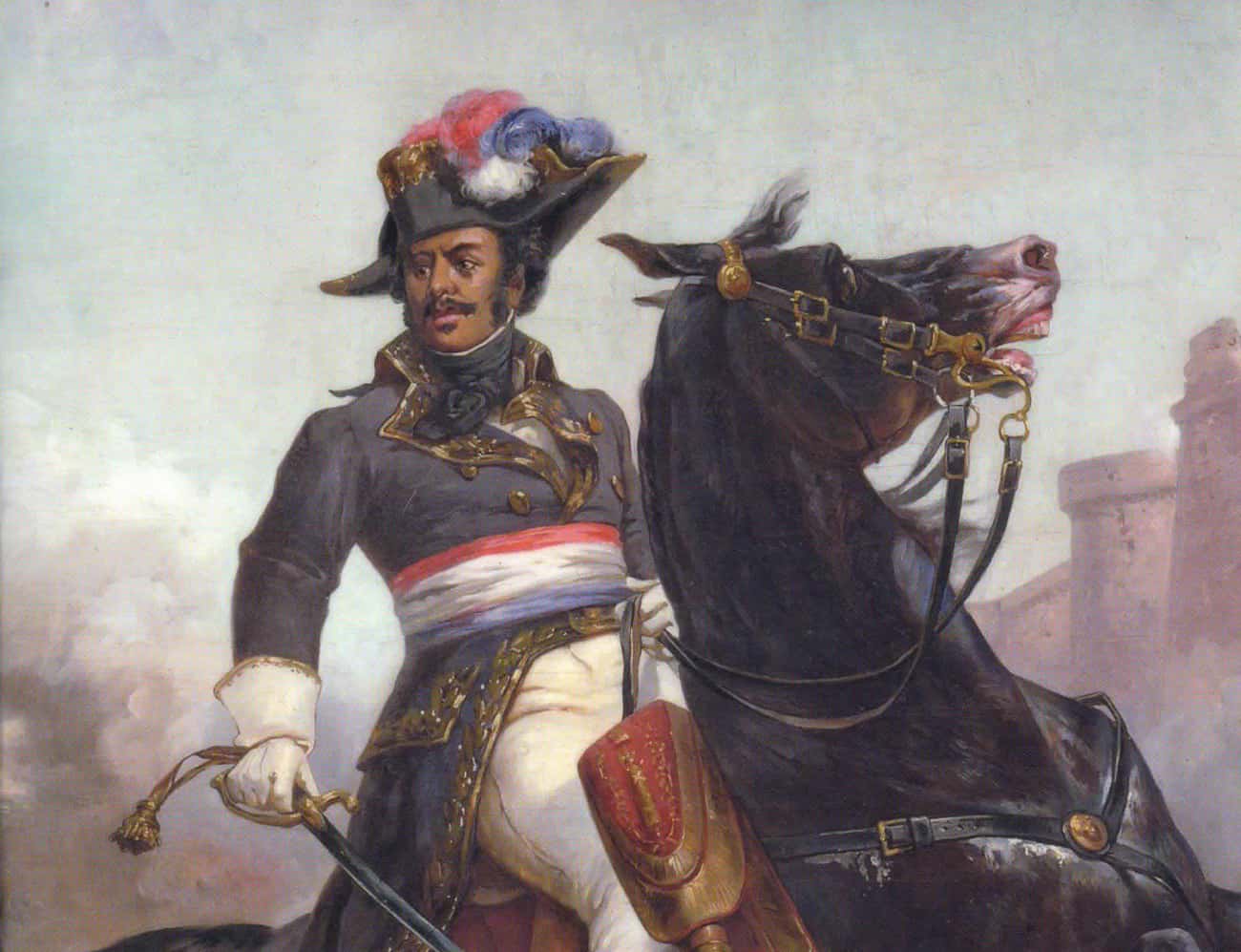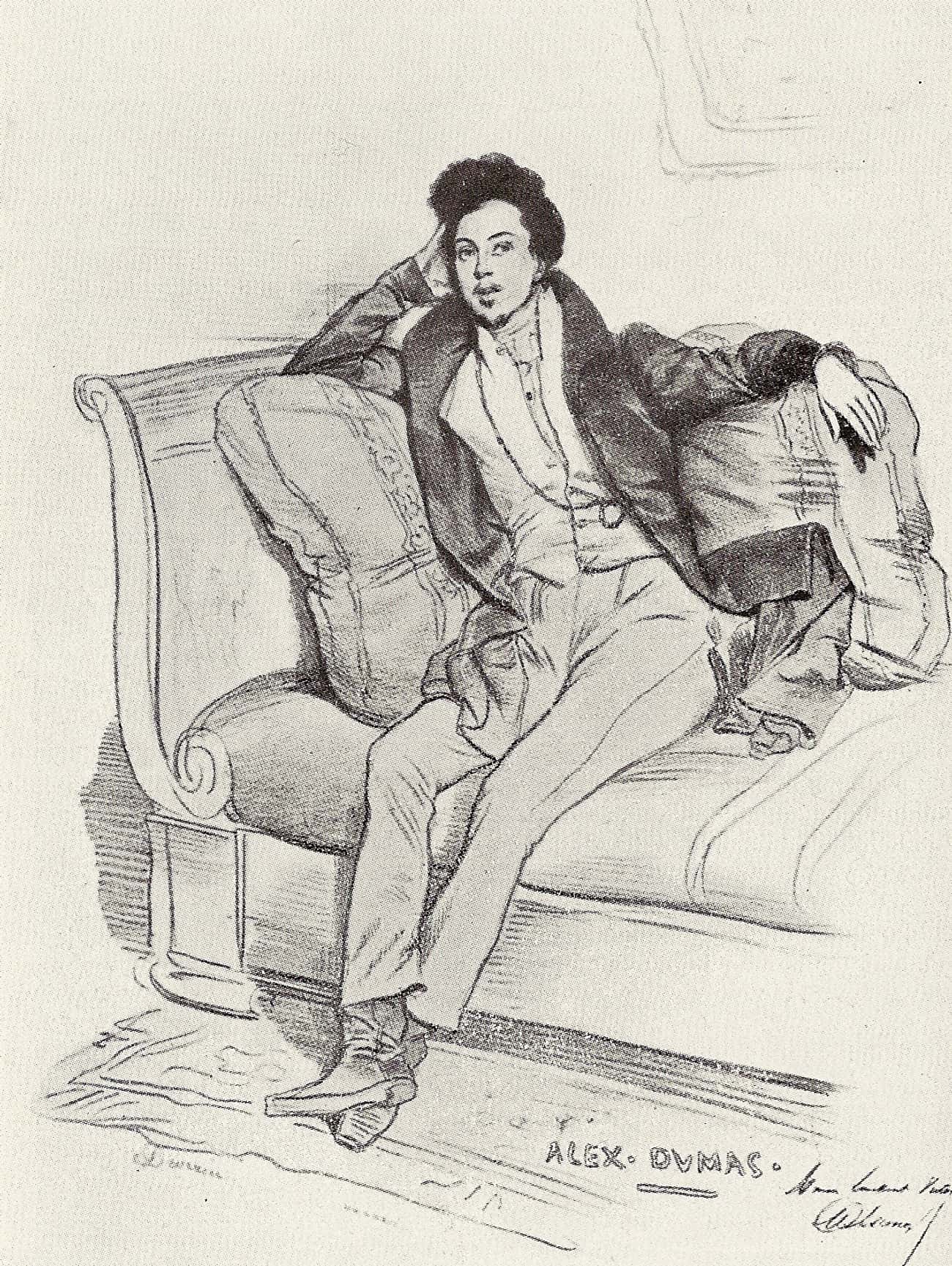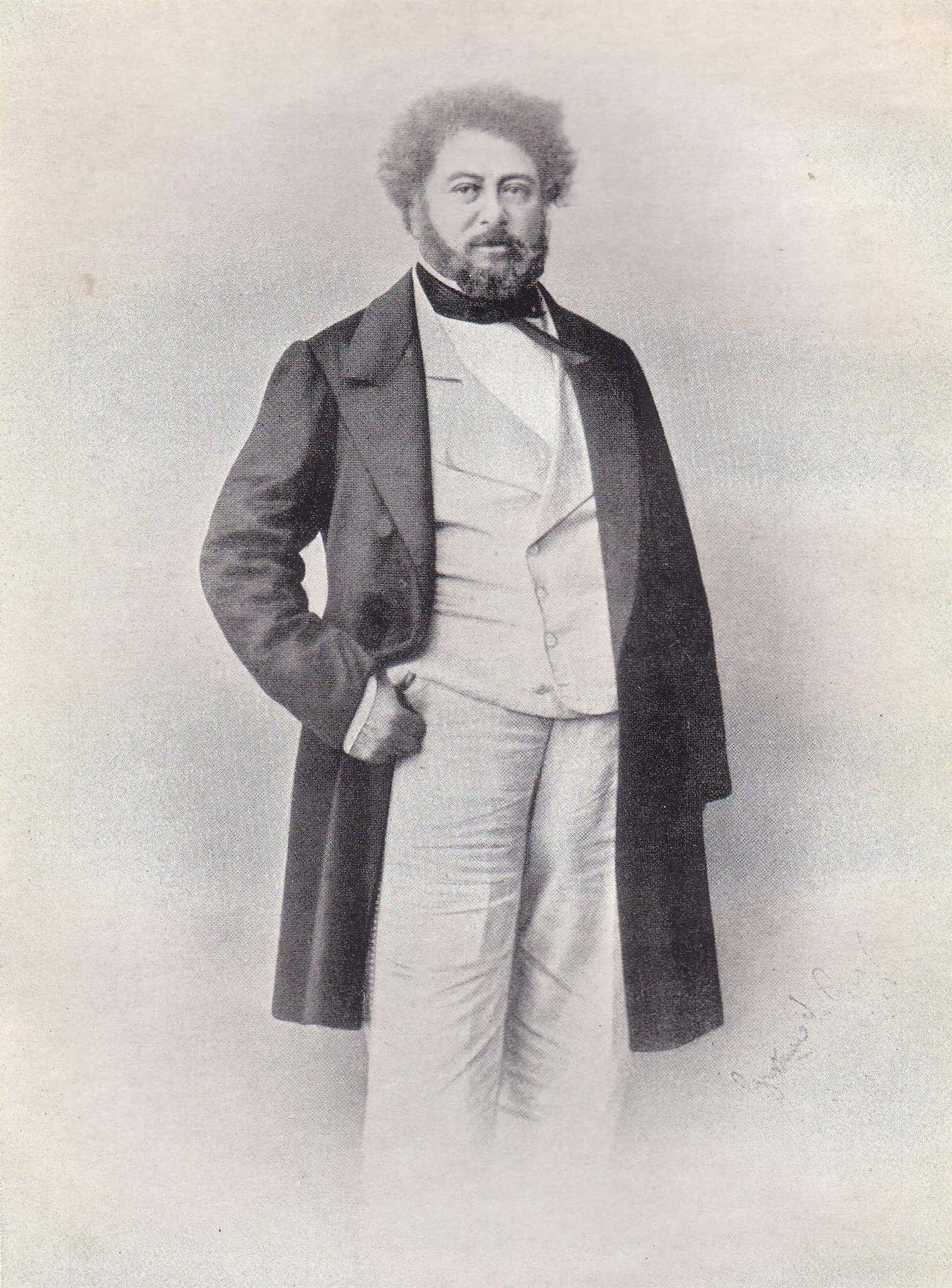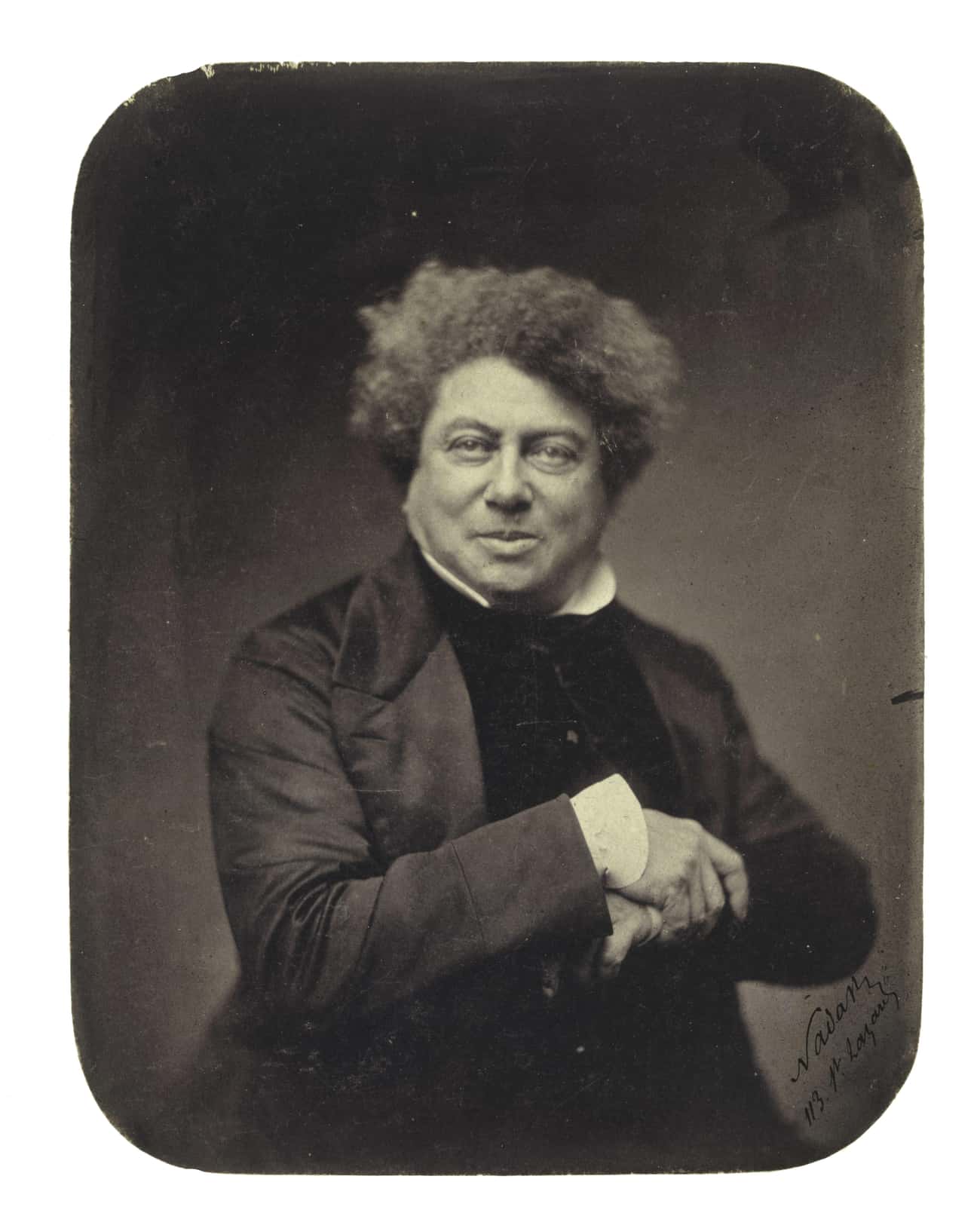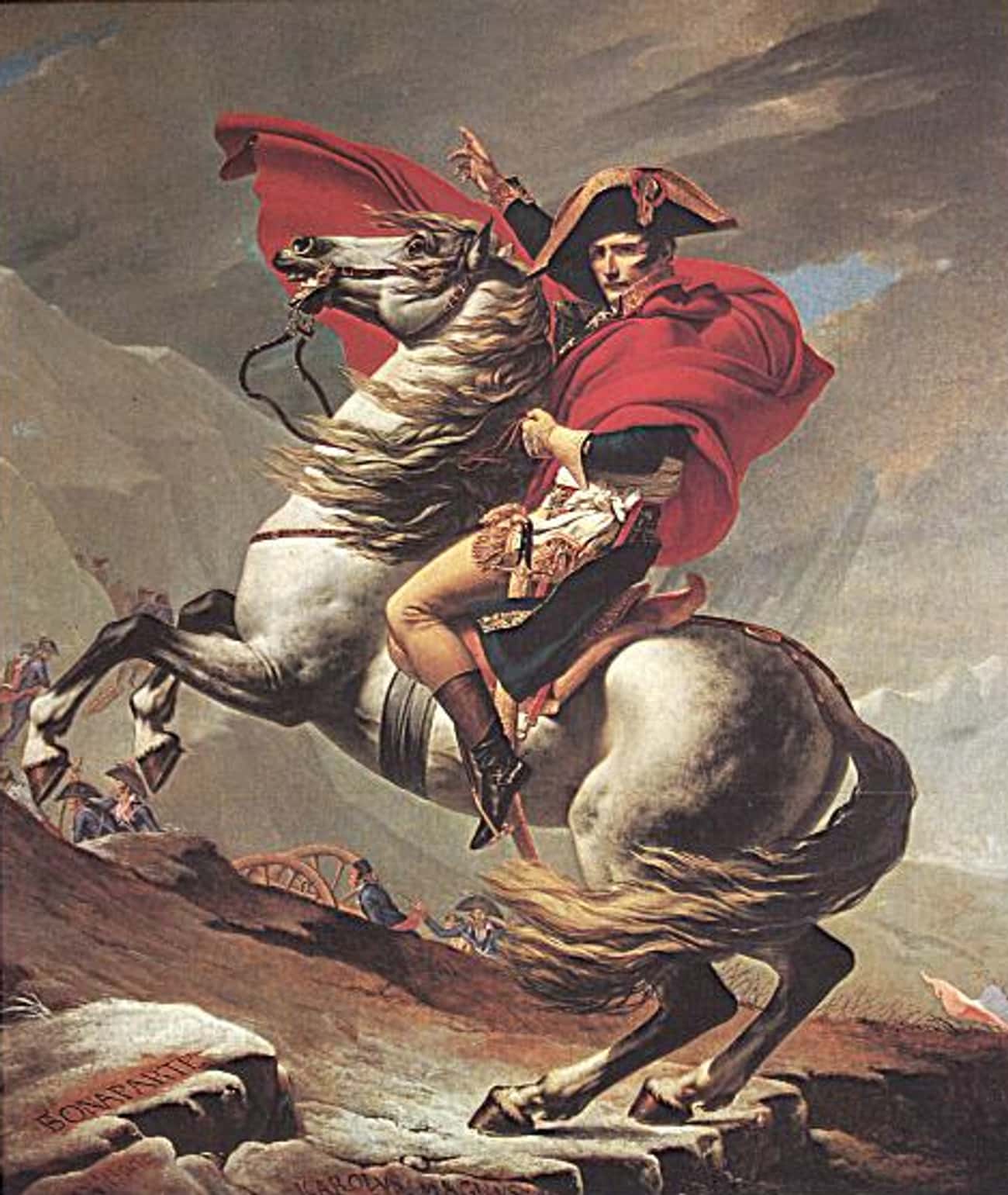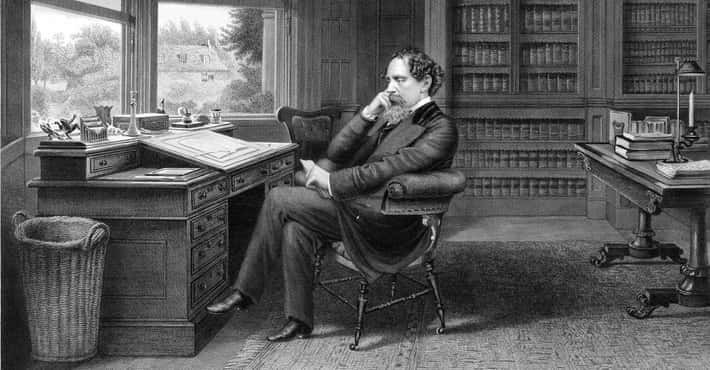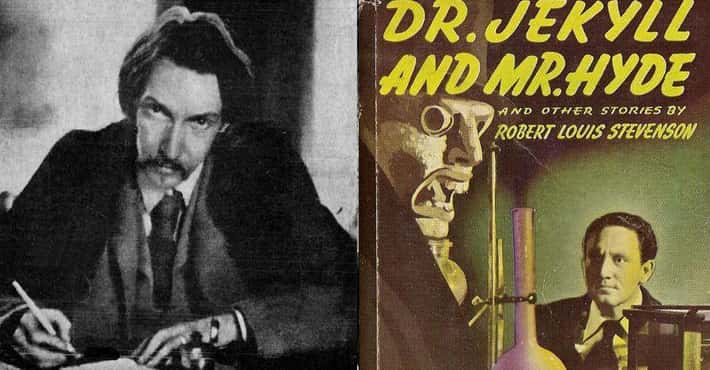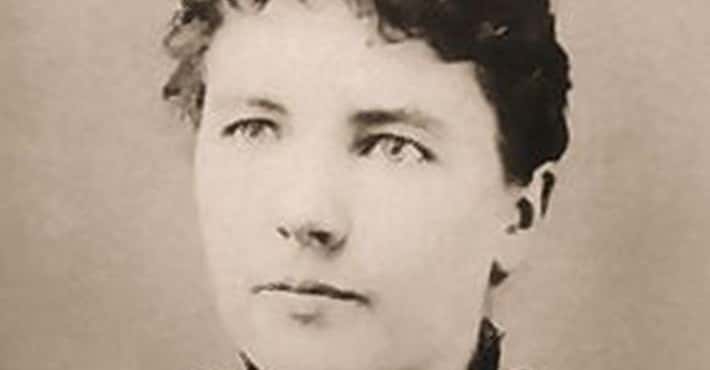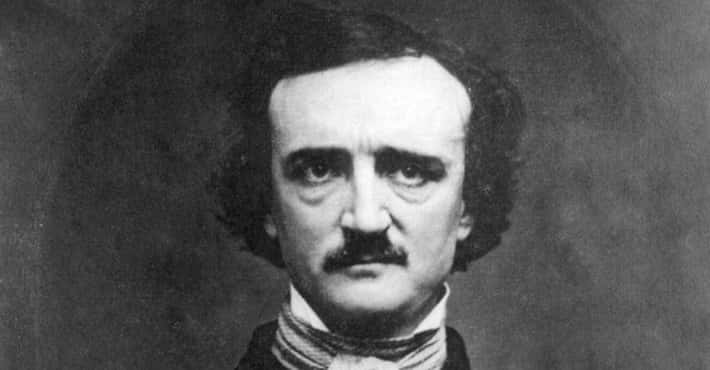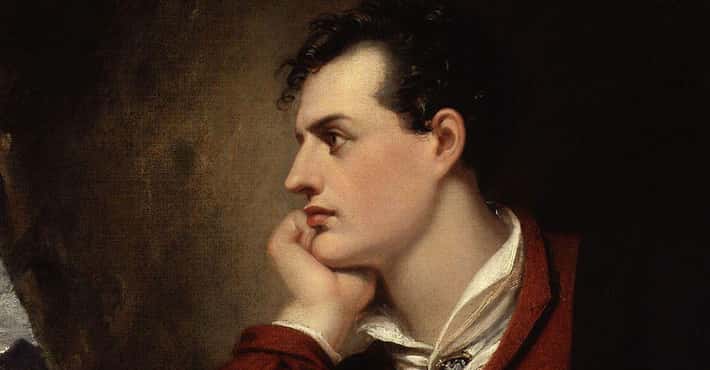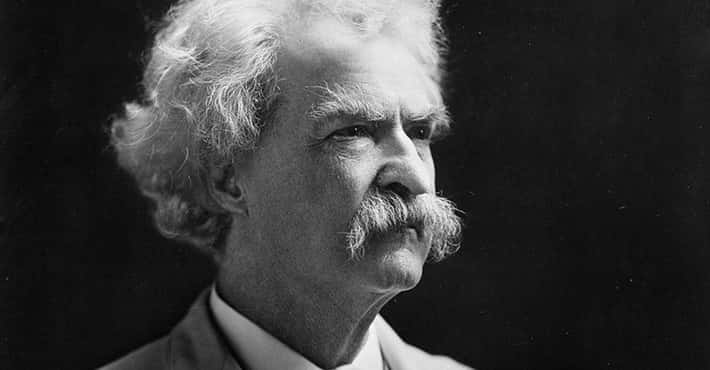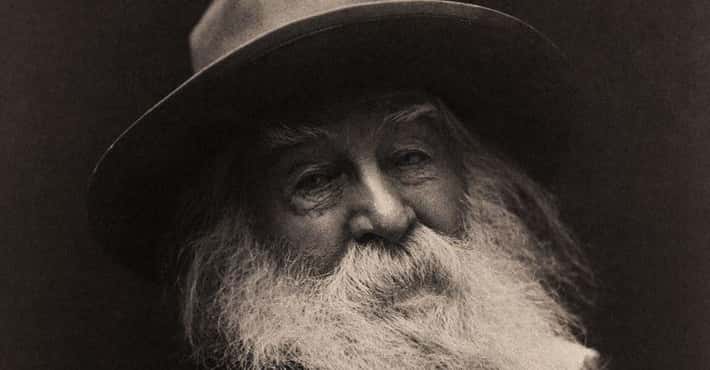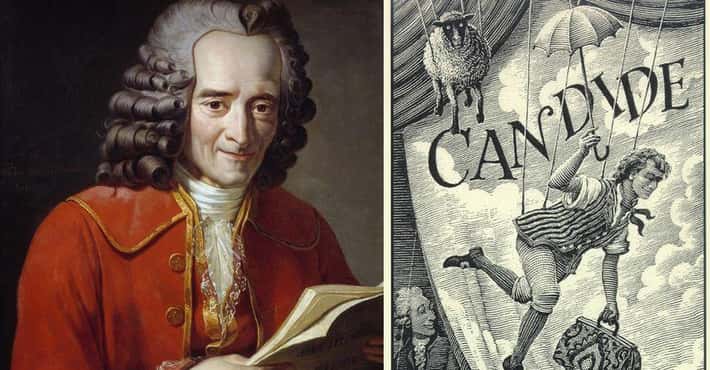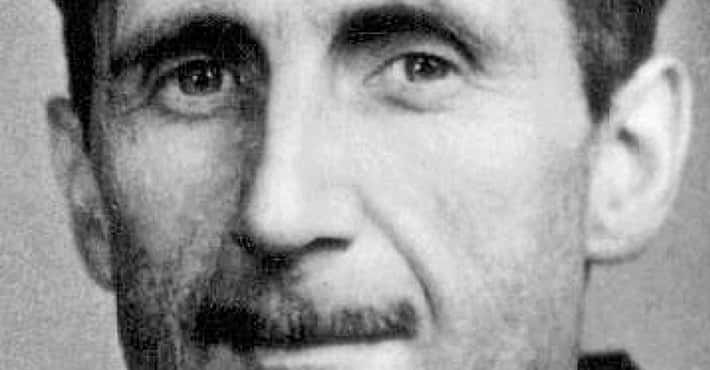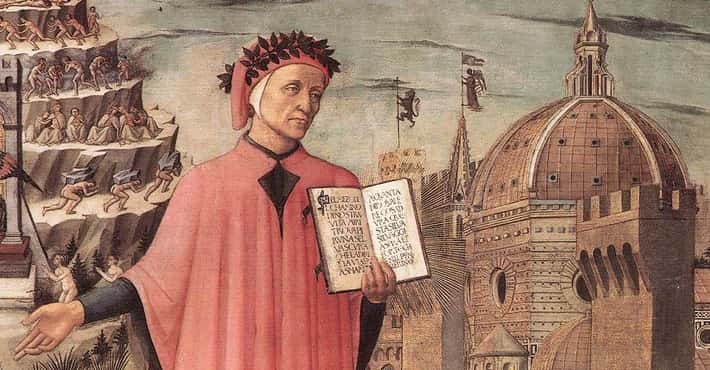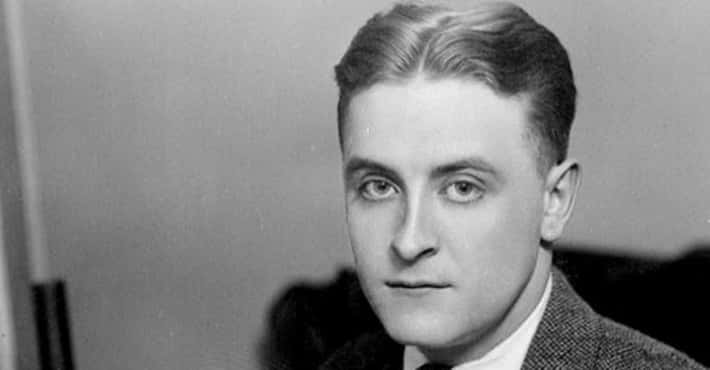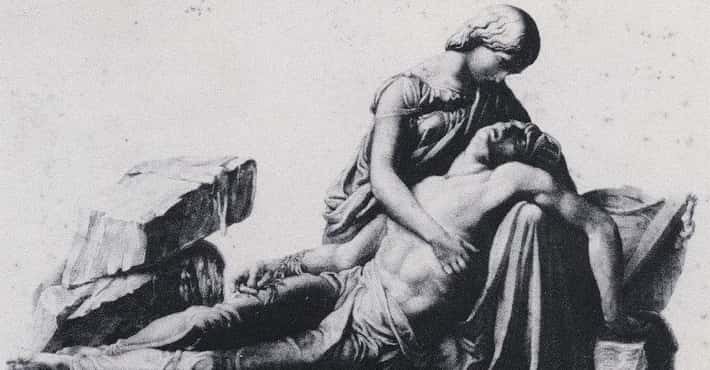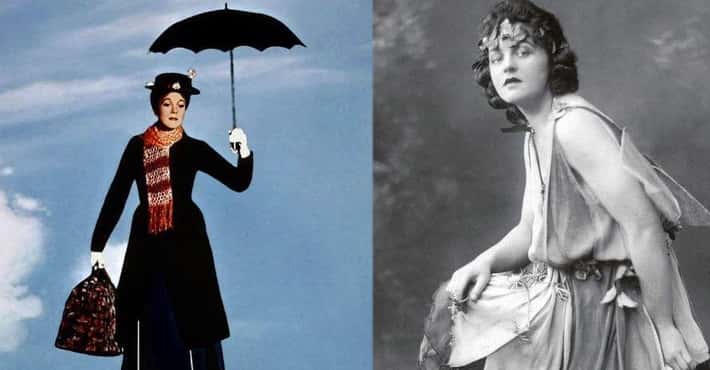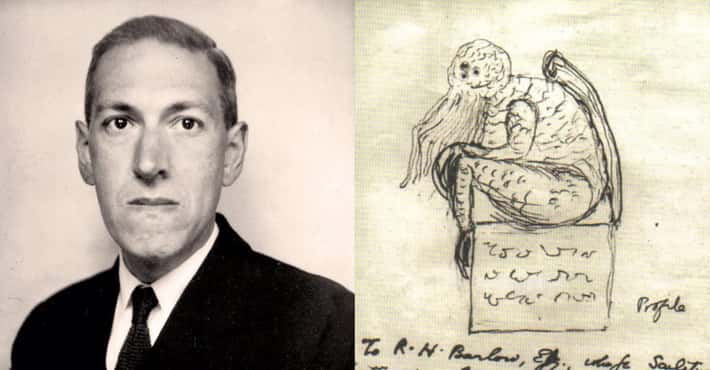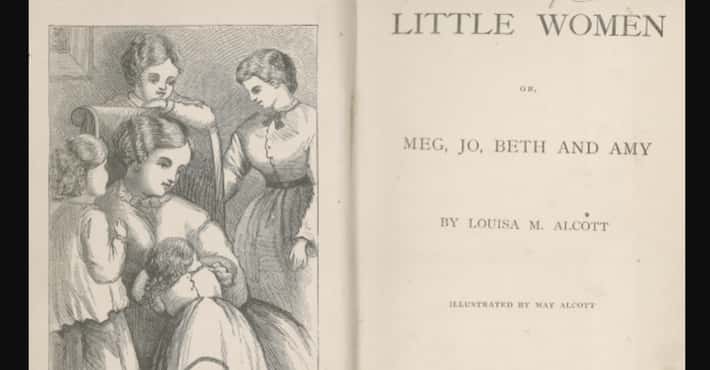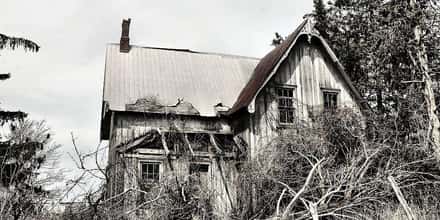The Insane Story of Alexandre Dumas, The Legendary Author Who Had 40 Mistresses
He Was A Notorious Womanizer, Reputed To Have Had 40 Mistresses
Photo: Unattributed (Gallica / Wikimedia Commons / Public DomainIn 1840, Dumas married the actress Ida Ferrier. But his change in marital status did not mean that he suddenly practiced fidelity. Over the course of their marriage, he prolifically engaged in extramarital affairs. In fact, he is reputed to have had no less than 40 mistresses. Among his temporary lovers was the infamous Irish dancer/adventuress Lola Montez.
He Had A String Of Illegitimate Children
Photo: Unknown / Wikimedia Commons / Public DomainIllegitimacy seems to have been a Dumas family trait. Though married to the actress Ida Ferrier, Dumas did not have a single legitimate child with her. Instead, Dumas had at least four illegitimate children (and probably more), the product of his numerous affairs. Among his illegitimate children was a son who was named after his father. The second Alexandre Dumas also became a writer.
He Was So Successful That He Blew All His Money On A Chateau, Because Why Not
Photo: JPGO / Wikimedia Commons / CC BY-SA 3.0Alexandre Dumas became one of the most popular French writers in the 19th century. The fact that he was a prolific writer meant that Dumas commanded a large income. What did he do with all that money? He blew it all on a chateau, which he named after one of his most famous books: the Chateau de Monte-Cristo. The carefully crafted estate cost Dumas around 200,000 francs – around $15 million in contemporary money.
He Was Biracial In An Absurdly Racist Era
Photo: O. Grosch / Wikimedia Commons / Public DomainAlexandre Dumas's father was the illegitimate son of a count and an enslaved woman. He was thus a so-called "mulatto" and was known for his dark skin. Indeed, race was central to how his father was viewed in France – a dashing, celebrated general, he was known as "The Black Devil." The surname "Dumas" even came from Alexandre's enslaved grandmother, not his aristocratic grandfather.
As a young man and writer, Alexandre Dumas was keenly aware of the absurdity of racial categories, and he was a critic of slavery. He even wrote a book – published as Georges – about racism. Once, when questioned about his family tree later in life, Dumas quipped: "My father was a mulatto, my grandmother was a Negress, and my great-grandparents were monkeys. In short, sir, my pedigree begins where yours ends."
His Father Was A Real-Life Swashbuckling Hero Who Butted Heads With Napleon
Photo: Olivier Pichat / Wikimedia Commons / Public DomainAlexandre Dumas wrote his heroic father into nearly all of his protagonists. Born to a French aristocrat and an enslaved woman on the island of Saint-Domingue (Haiti), Thomas-Alexandre Davy de la Pailleterie lived a life just as thrilling and fascinating as the stories his son would one day pen. He became one of the most successful generals during the French Revolutionary wars, and he often butted heads with a rival upstart by the name of Napoleon Bonaparte. Moreover, he was the highest-ranking black officer in a racist world.
Dumas not only idolized his father, but also took inspiration from him – he often featured "outsiders" and men from diverse backgrounds as his characters.
During His First Duel, He Lost His Pants Instead Of His Life
Photo: United Artists / Wikimedia Commons / Public DomainWhen Dumas came of age in the first half of the 19th century, dueling was still an important way to prove masculinity. But his very first duel didn't go exactly as he may have imagined. On January 5, 1825, Dumas fought a duel after his clothing style was insulted. Though fighting a duel sounds very heroic and romantic, the reality was not quite as swashbuckling as fans might imagine. He couldn't keep his pants up, and they were literally falling down during the duel.
Syphilis Probably Killed Him
Photo: Achille Devéria / Wikimedia Commons / Public DomainDumas's years of philandering eventually caught up with him. At some point during his 40 affairs, he may have contracted syphilis. Though relatively common by the 19th century, syphilis was as serious as it was reviled. The disease more than likely killed him in the end, and Alexandre Dumas died on December 5, 1870.
Some People Claim Dumas Didn't Write All Of His Novels On His Own
Photo: Gustave Le Gray / Wikimedia Commons / Public DomainThough Alexandre Dumas is one of the most cherished French novelists of all time, many believe that Dumas was not the only genius behind his books. Some insist that not enough credit goes to his collaborator and possible ghostwriter Auguste Jules Maquet, among others. Scholars continue to debate how big of a role Maquet had in crafting Dumas's novels. But it is undeniable that Maquet – at the very least – helped Dumas create some of his best-loved novels.
He Was A Huge Theater Nerd
Photo: Nadar / Wikimedia Commons / Public DomainDumas didn't write novels exclusively. In fact, he first got his start writing plays. His early success in the theater world gave him the ability to branch out and publish other types of literature. Over the course of his career, he published an astounding 650 books. But he was always a theater nerd at heart – one of the many ways that Dumas spent as lavishly as he earned was by building an entire theater. This theater failed three years after Dumas put it together, and he had to sell his house to an American dentist to help with his debts.
He Had To Go On The Run To Escape His Creditors
Photo: Unknown / Wikimedia Commons / Public DomainDumas's popularity meant that he made buckets of money with his books – and he spent it just as lavishly. After blowing all of his money on his extravagant chateau, Dumas's debts caught up with him. In 1851, he actually had to flee to Belgium to escape his pesky creditors. Though Dumas eventually returned to France, he would have money troubles his entire life.
His Eternal Rest Was Cut Short When His Remains Were Dug Up And Reburied
Photo: Jean-Baptiste Hilair / Wikimedia Commons / Public DomainAfter Alexandre Dumas died on December 5, 1870, he was buried near his parents outside of Paris. Some questioned why he was denied a burial beside other French greats like Victor Hugo and Voltaire in the Pantheon, the revered civic shrine. Indeed, racism more than likely played a part in denying Dumas the honor. But that all changed in 2002, when France decided it was time to honor Dumas with a reburial inside the Pantheon. So, on November 30, 2002, Dumas got an epic reburial ceremony, including men dressed as Musketeers who carried his coffin to the Pantheon.
His Last Book Was Published In The 21st Century – Even Though He Died In The 19th
Photo: Jacques-Louis David / Wikimedia Commons / Public DomainDeath didn't stop Dumas from publishing novels. In 2005, Dumas's very last – and unfinished – novel was finally published in France as The Knight of Sainte-Hermine. It was translated into English as The Last Cavalier. The novel is set during the Napoleonic Wars and features the epic scope that Dumas was known for.


